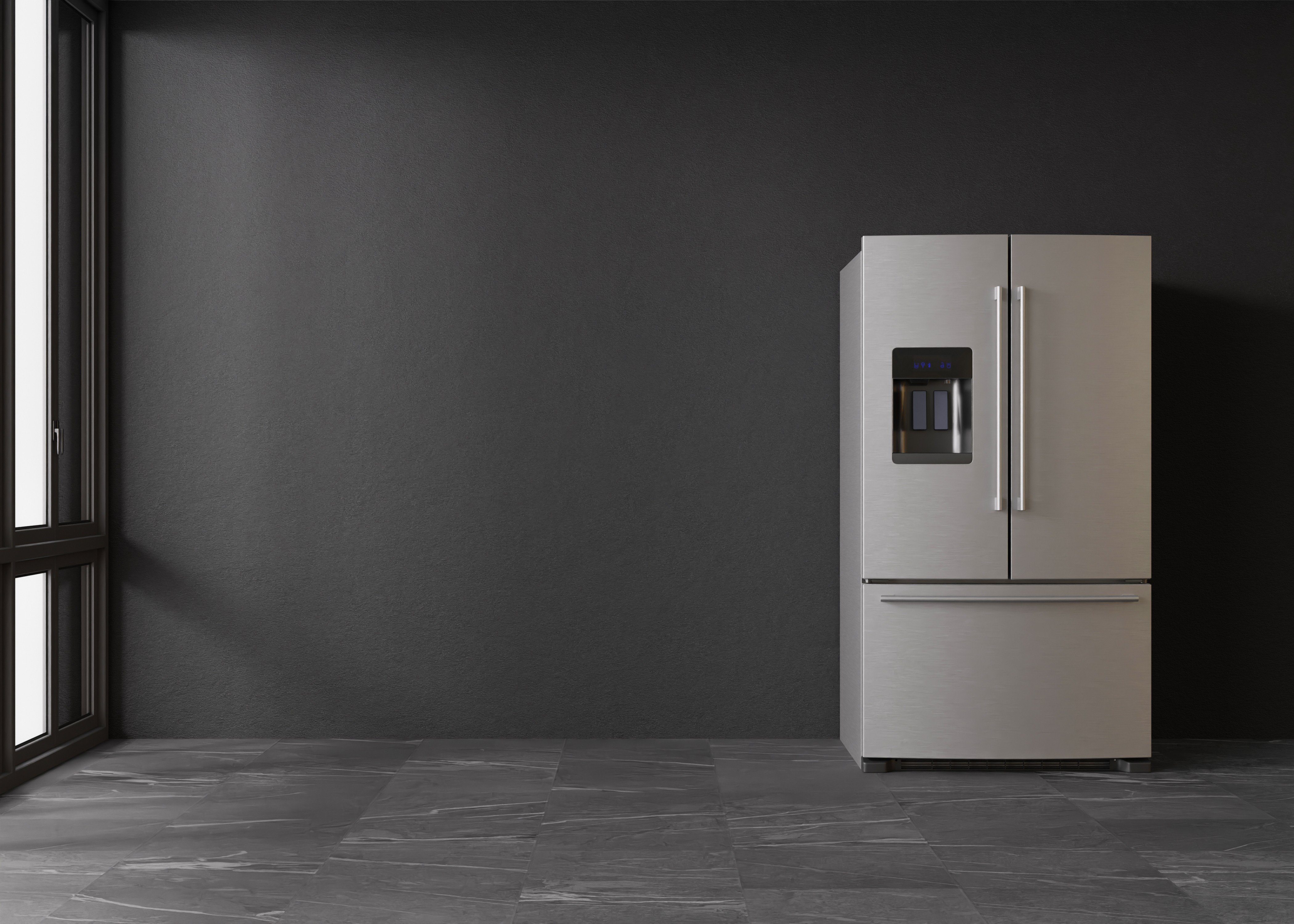24 Hours For Improving Fridge UK
The Comprehensive Guide to Refrigerators in the UK
Refrigerators are a vital home appliance in every household, serving a crucial function in food preservation and security. The UK market provides a varied variety of fridge types, sizes, functions, and brand names. This post intends to offer an extensive understanding of refrigerators readily available in the UK, including their functions, energy effectiveness, and aspects to consider when purchasing.
Kinds Of Refrigerators Available in the UK
When trying to find a refrigerator, it is very important to understand the various types available. Each type includes its own set of functions and functions, dealing with different needs and preferences. The most typical types of fridges discovered in the UK consist of:
1. Top Freezer Refrigerators
- Description: The conventional style, including the freezer compartment on top.
- Pros: More economical, spacious, simple access to fresh food.
- Cons: Limited freezer area, the top may be less practical for bulk items.
2. Bottom Freezer Refrigerators
- Description: Freezer is located at the bottom, allowing easier access to fresh food.
- Pros: Greater benefit, much better exposure of fresh products.
- Cons: Usually more costly, some may battle with big frozen products.
3. Side-by-Side Refrigerators
- Description: Features two vertical compartments, one for the fridge and one for the freezer.
- Pros: Ample storage space, easy to gain access to both frozen and fresh foods.
- Cons: Wider footprint, they might not fit in smaller sized kitchen areas.
4. French Door Refrigerators
- Description: Combines functions of bottom freezers and side-by-sides, with two doors for the fridge on top.
- Pros: Stylish design, spacious, and often includes innovative features.
- Cons: Higher price point, lines up poorly with smaller kitchen layouts.
5. Compact Refrigerators
- Description: Smaller models created for minimal spaces.
- Pros: Ideal for studio apartments or offices, energy-efficient.
- Cons: Limited storage capacity, might lack functions.
6. Integrated Refrigerators
- Description: Designed to mix flawlessly with kitchen area cabinets.
- Pros: Custom fit, visual appeal, increases home value.
- Cons: Higher expense, might use less versatility in placement.
7. Smart Refrigerators
- Description: Equipped with Wi-Fi and wise innovation functions.
- Pros: Advanced includes like touch screens and internal cameras.
- Cons: Expensive, more complicated to fix.
Refrigerator Type
Availability
Typical Price Range
Energy Efficiency
Top Freezer
Moderate
₤ 300 – ₤ 600
Average
Bottom Freezer
High
₤ 400 – ₤ 800
Above Average
Side-by-Side
Easy
₤ 800 – ₤ 1500
Differs
French Door
High
₤ 800 – ₤ 2000
High
Compact
Restricted
₤ 200 – ₤ 500
Typical
Integrated
Custom
₤ 1000 – ₤ 2500
High
Smart
Variable
₤ 1200+
High
Key Features to Consider
- Energy Efficiency: Look for models that are energy-efficient. In the UK, devices are ranked from A (most effective) to G (least efficient). An A+ score and above can result in substantial energy savings.
- Capability: Choose a fridge with adequate capability for your household. A standard guideline is 100-200 liters per individual.
- Sound Level: Consider models that run silently, specifically if the cooking area is near living areas.
- Cooling Technology: Features like frost-free technology deserve the financial investment, as they minimize upkeep.
- Adjustable Shelves: Having adjustable shelves boosts the versatility to save bigger products.
- Temperature Control: Check for user friendly temperature controls and zones for different kinds of food.
- Style: Choose the style and color that matches your cooking area visual, whether you prefer a modern-day stainless steel appearance or a classic retro finish.
Purchasing Tips
- Identify Your Needs: Consider your cooking practices, household size, and cooking area space.
- Set a Budget: Refrigerators come in numerous rate ranges. Develop a spending plan before you start going shopping.
- Research Study Energy Ratings: Invest in energy-efficient designs to save money on utility costs.
- Check out Reviews: User experiences can offer insights into dependability and efficiency.
- Compare Brands: Some brand names are known for their toughness while others might provide more innovative features.
Regularly Asked Questions (FAQs)
1. The length of time do fridges normally last?
- Fridges usually last between 10 to 20 years, depending on the brand name and how well they are maintained.
2. Are there any maintenance pointers for extending the life of a refrigerator?
- Routinely tidy the coils, inspect the door seals, and periodically thaw if required to preserve optimal efficiency.
3. What is Fridge UK for a family of four?
- For a household of four, a refrigerator with a capability of around 400-600 liters is generally sufficient.
4. Do I require to stress over energy consumption when buying a refrigerator?
- Yes, energy intake is very important. Search for systems with high energy performance ratings to lower month-to-month costs.
5. Should I choose a fridge with a water and ice dispenser?
- This feature can be convenient, especially for families. Nevertheless, it might need more maintenance than standard models.
Buying a refrigerator is a substantial choice for any household in the UK. With various types offered, each with its unique features and advantages, it is crucial to assess private needs before choosing. By thinking about elements such as energy effectiveness, capability, and design aesthetics, customers can select a fridge that aligns well with their lifestyle, eventually boosting their kitchen experience while protecting food quality and freshness.
